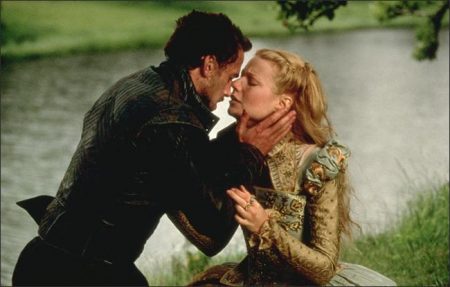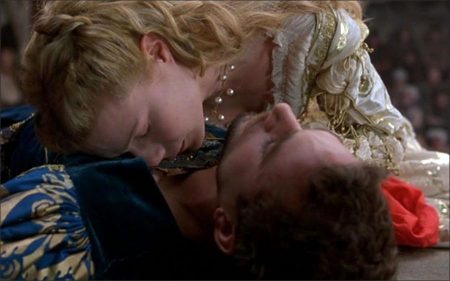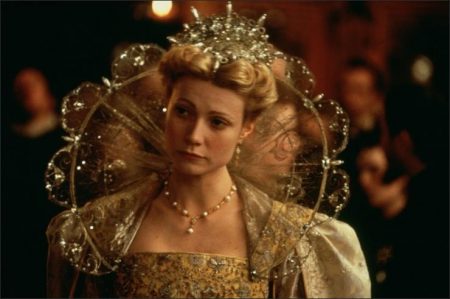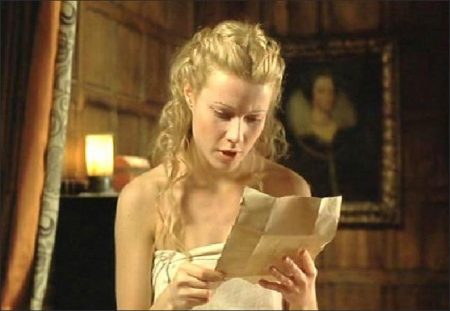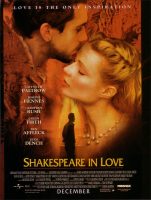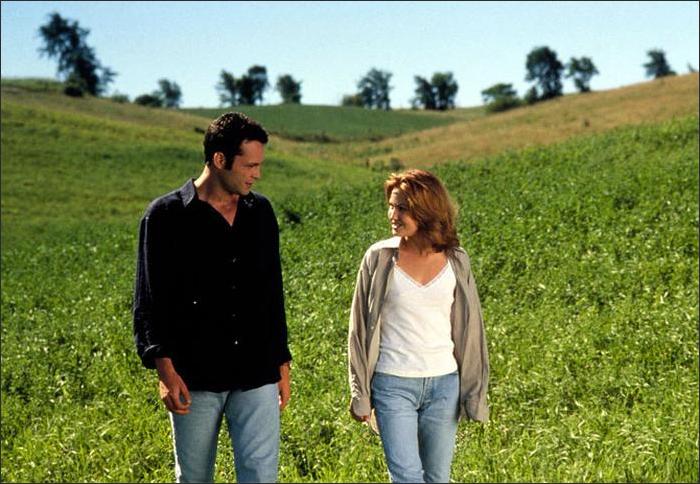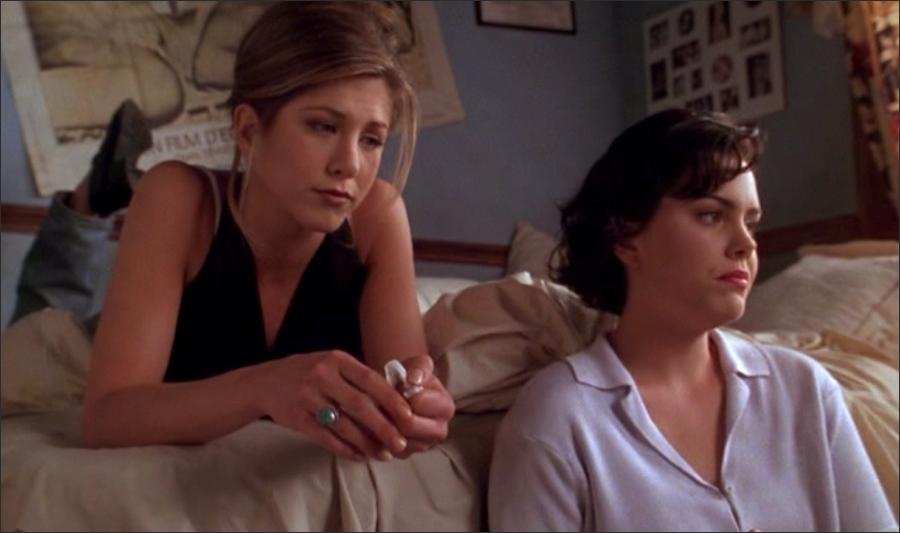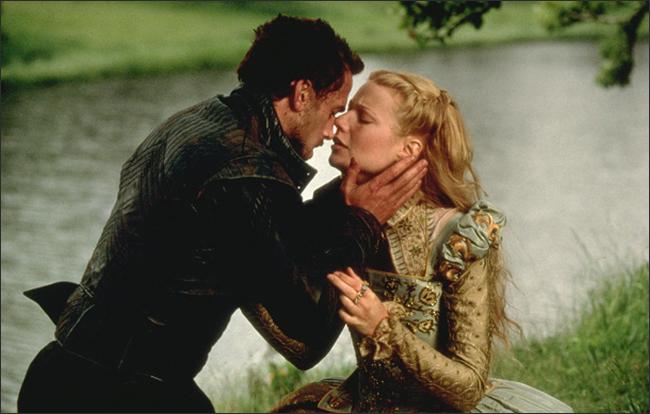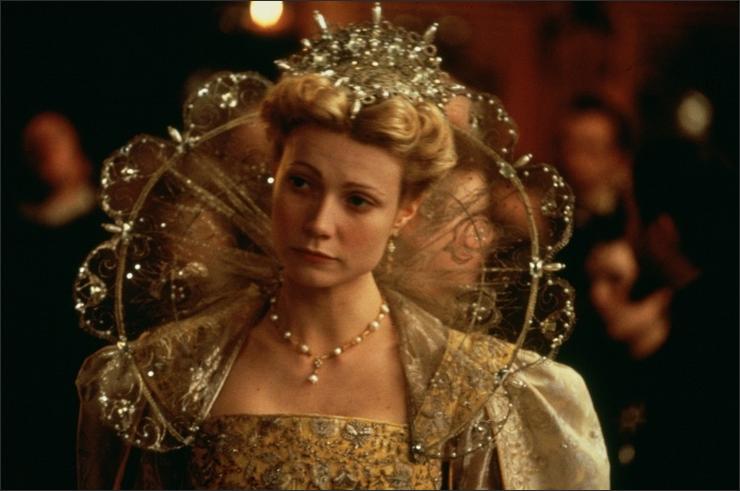Shakespeare in Love Movie Trailer. Shakespeare meets Sherlock, and makes for pure enchantment in the inspired conjecture behind ”Shakespeare in Love.” This film’s exhilarating cleverness springs from its speculation about where the playwright might have found the beginnings of ”Romeo and Juliet,” but it is not constrained by worries about literary or historical accuracy. (So what if characters talk about Virginia tobacco plantations before there was a Virginia?)
Galvanized by the near-total absence of biographical data, it soars freely into the realm of invention, wittily weaving Shakespearean language and emotion into an intoxicatingly glamorous romance. No less marvelous are its imaginings of an Elizabethan theater fraught with the same backbiting and conniving we enjoy today.
Tom Stoppard’s mark on the jubilant screenplay, which originated as the brainstorm of Marc Norman, harks back to the behind-the-scenes delights of his ”Rosencrantz and Guildenstern Are Dead.” This is a world in which a therapist times his patient with an hourglass and a souvenir mug is inscribed ”A Present From Stratford-Upon-Avon.” Says the dashing young Shakespeare, played tempestuously well by Joseph Fiennes, about the more successful Christopher Marlowe (Rupert Everett): ”Lovely waistcoat. Shame about the poetry.” And there is the inevitable moment when someone asks who Shakespeare is, only to be told by a comically obtuse producer (Geoffrey Rush): ”Nobody — that’s the author.”
Ingenious as the film’s many inventions happen to be (from boatmen who behave like cabbies to its equivalent of Shakespearean outtakes — ”One Gentleman of Verona” in the writing process), it could never have had so much energy without the right real-life Juliet to dazzle Will. Gwyneth Paltrow, in her first great, fully realized starring performance, makes a heroine so breathtaking that she seems utterly plausible as the playwright’s guiding light.
In a film steamy enough to start a sonnet craze, her Viola de Lesseps really does seem to warrant the most timeless love poems, and to speak Shakespeare’s own elegant language with astonishing ease. ”Shakespeare in Love” itself seems as smitten with her as the poet is, and as alight with the same love of language and beauty.
As directed by John Madden in much more rollicking, passionate style than his ”Mrs. Brown,” ”Shakespeare in Love” imagines Viola as the perfect muse: a literate, headstrong beauty who adores the theater and can use words like ”anon” as readily as Shakespeare writes them. She comes into his life at a pivotal moment in his career, about which the film speculates with literary scholarship and Holmesian audacity. What if, before making the leap from his early works to the profound emotions of ”Romeo and Juliet,” he had suffered both writer’s block and a crisis in sexual confidence? (”It’s as if my quill has broken,” he tells his therapist.) What if such impotence could be cured only by a madly romantic liaison with a Juliet prototype, an unattainable woman with a habit of speaking from her balcony?
Enter Viola, who is so eager to work in the theater that she disguises herself as a boy, since women are forbidden to act. (Part of the film’s great fun is its way of working such Shakespearean gambits into its own plot.) On her way to winning the role of Romeo, Viola finds herself suddenly enmeshed with the handsome playwright himself, and the film gives way to a heady brew of literature and ardor.
In one transporting montage, the lovers embrace passionately while rehearsing dialogue that spills over into stage scenes, and the bond between tempestuous love and artistic creation is illustrated beautifully. The film is as bold in its romantic interludes as it is in historical second-guessing, leaving Ms. Paltrow and Mr. Fiennes enmeshed in frequent half-nude, hotblooded clinches in her boudoir.
Far richer and more deft than the other Elizabethan film in town (”Elizabeth”), this boasts a splendid, hearty cast of supporting players. (The actors in both films, like Mr. Fiennes, do notably better work here.) Colin Firth plays Viola’s fiance as a perfect Mr. Wrong. Mr. Rush’s opportunistic producer is very funny, as is Ben Affleck’s version of a big-egoed actor, Elizabethan style.
(Cast as Mercutio, he is also hoodwinked by Will into thinking that ”Mercutio” is the play’s name.) Also most amusing is Tom Wilkinson as a financier who grows stage-struck, Jim Carter as the actor who looks silliest in a dress, Simon Callow as the Queen’s censor and Imelda Staunton as Viola’s nurse. Judi Dench’s shrewd, daunting Elizabeth is one of the film’s utmost treats.
So are its costumes. The designer Sandy Powell has previous credits including ”Orlando” and ”The Wings of the Dove,” and she deserves to be remembered for her wonderfully inventive work this year. She contributes extravagantly to this film’s visual allure and did the same for ”Velvet Goldmine.” Gear-switching that extreme is no mean feat.
Shakespeare in Love (1998)
Directed by: John Madden
Starring: Gwyneth Paltrow, Joseph Fiennes, Geoffrey Rush, Colin Firth, Ben Affleck, Judi Dench, Simon Callow, Jim Carter, Imelda Staunton, Tom Wilkinson, Mark Williams
Screenplay by: Marc Norman, Tom Stoppard
Production Design by: Martin Childs
Cinematography by: Richard Greatrex
Film Editing by: David Gamble
Costume Design by: Sandy Powell
Set Decoration by: Jill Quertier
Art Direction by: Steven Lawrence, Mark Raggett
Music by: Stephen Warbeck
MPAA Rating: R for sexuality.
Distributed by: Miramax Films (United States), Universal Pictures (Worldwide)
Release Date: December 3, 1998 (United States), January 29, 1999 (United Kingdom)
Views: 361
